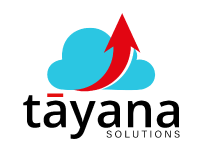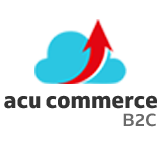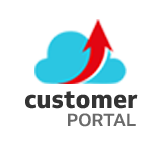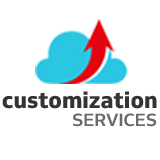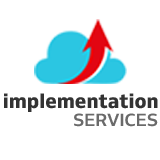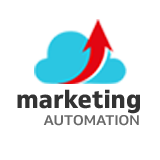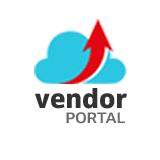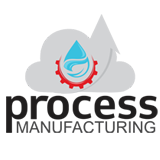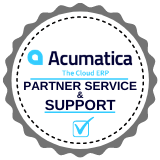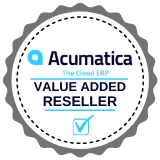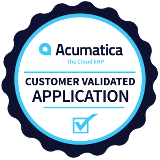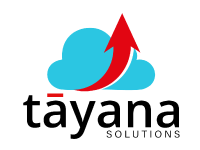Are you and your team starting to feel frustrated from change fatigue around digital transformation efforts?
No matter how far along your organization is in your digital transformation, one common hurdle can slow or even stop your progress: change fatigue. Change fatigue can be a slow creep that takes over a company, weighing down teams and processes with workflow disruptions and new technology learning curves. It often manifests in the workplace as apathy, frustration, confusion, and stress. The most detrimental thing to digital transformation strategy is passive resignation because it can fracture teams and erode trust between employees and management.
Employees might be resistant to change for a variety of reasons. Perhaps they fear the promised outcomes won’t be achieved or their long tenure with the company has created a “if it’s not broken, don’t fix it” mentality. An unwillingness to commit can add to the fatigue felt by everyone in the organization.
If you suspect that change fatigue is affecting your employees, consider these four ways to mitigate its effects:
1. Implement a bottom-up approach
To encourage participation and innovation at all levels, teams should be encouraged to proactively seek input and to present new ideas. It’s not always easy to implement change, but by building a culture of mutual respect, you will have employees who are more invested in your company. Treat your employees like adults. Don’t force them to deal with changes that are outside of their control. Let them focus on what brought them into this role in the first place.
By building a more inclusive change plan, digital transformation strategy, reducing resistance from your employees, and following through on commitments, you will be creating a track record of positive decisions that will ensure greater buy-in the next time you’re managing a change.
2. Have an open-door policy – and mean it –
After a company or business has scaled it’s important to have open and honest dialogue about what changes and growth the business is about to experience and what new processes will be implemented. It’s also important to discuss possible points of friction that may arise in these new business practices. As a leader and driver of change, you have a responsibility to welcome both good and bad conversations from your teams.
We know that interruptions are frustrating, but they can improve productivity if digital transformation strategy is handled correctly. That’s why we’re introducing ‘office hours’ where you can meet one-on-one with senior leadership to ask questions or address your concerns. These office hours will also give you more time to talk about digital transformation on your own terms.
For teams who are being directly impacted, you will have regular updates on the rollout so you can best direct your team to achieve their goals. Transparency reduces levels of uncertainty and ambiguity. It allows you to control the quantity and quality of daily work output by empowering your workers with regular progress data.
Office hours can be adapted for remote, hybrid, and in-person teams using video conferencing software.
3. Proactively focus on employee experience
With input from your employees, work with your executive team to design the ideal employee experience. How much stress does an average workweek cause? How do teams communicate? What does the right work/life balance look like?
When you know what experiences you are striving for, you can work backward to implement solutions that provide it. For ex – Management at Creative X, a software company that introduced a four-day workweek during the last pandemic, found that employees reported significantly higher stress levels after working three consecutive days. As part of our unique work culture, we encourage all employees to take one day off each week to spend time on self-development activities. These activities make them better at their jobs and enhance their experience with the company.
4. Shift the language around change
When discussing changes with your employees, both in person or in writing, it’s important to consider the language you’re using. It can be intimidating to work on a large project with a beginning and end date, set budget, and massive goals. Instead of defining transformation in terms of business objectives, explain how the outcomes will move your organization forward. Shape your conversations around continuous optimization of your business model as opposed to the end of one thing and the beginning of something else.
Employees who may be reluctant to let go of what works for them (considering they’re already used to it) may be more willing to adapt if they see the positive impact on their work-life.
Finally, Remind your team that digital transformation strategy is a plan that eliminates needless manual tasks, puts data front and centre, and gives you back time to focus on what is really important in your organization.
Tayana Solutions Provides end-to-end software consulting, ranging from eCommerce – B2C and B2B Specialization, Customer & Vendor Portal, Manufacturing, Quality, Regulatory Reporting, Customizations, Migrations & Upgrade services, Solutioning for Acumatica Cloud ERP and MYOB.
We specialize in the Process Manufacturing domain catering to the unique set of demands of process manufacturers, Co-Manufacturers, Contract Manufacturers, Toll Manufacturers, R&D-centric Custom Product Formulators, Private Labelling Service Providers, Packaged Product Manufacturers.
The company is a Gold Certified VAR and ISV partner for Acumatica and MYOB. Our process manufacturing solution features to cover verticals such as Oil & Lubricants, Food and Beverages, Pet Food, Chemicals & Fertilizers, Life Science, Bioscience, Pharmaceuticals & Nutraceuticals, Cannabis, Cosmetics, and Personal Care.

Vijay comes with a vast experience in ERP and enterprise solutions space with about 20 years of experience in various packaged application like Acumatica, SAP, Orion, Salesforce.com, SugarCRM and, SalesLogix.
